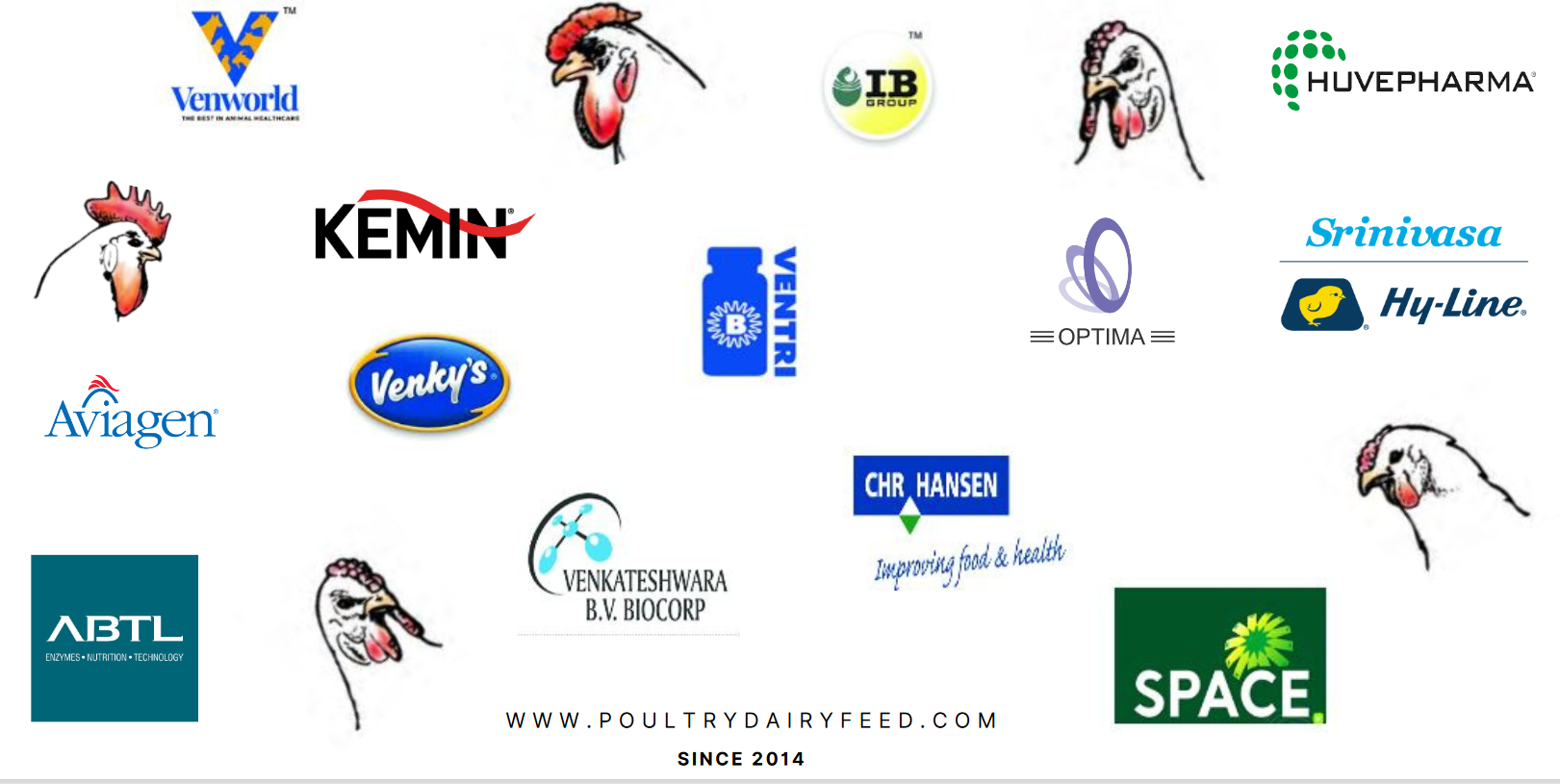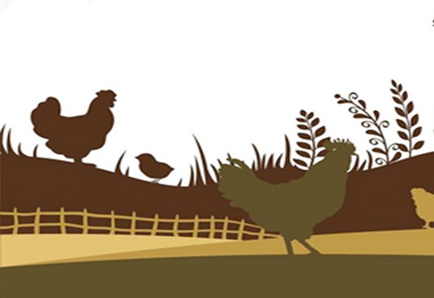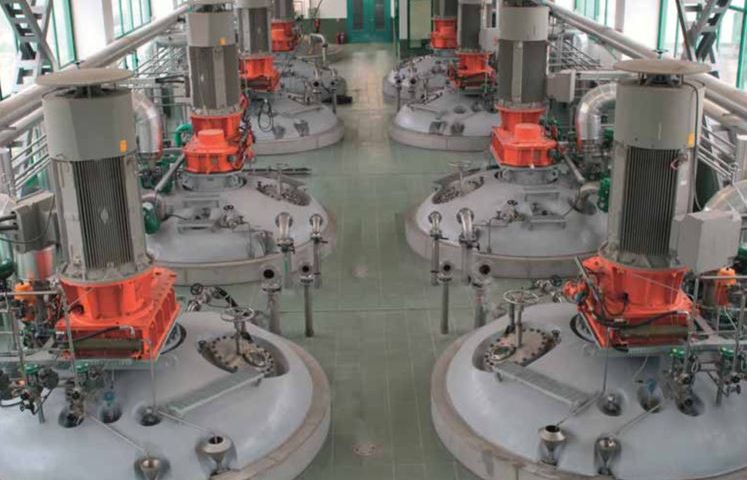Dr.Praveen K Singh


Kemin Industries South Asia Pvt. Ltd.

Location Selection
- Farm should be minimum 500 meter away from the main road and from the hatchery and processing plant
- Young birdshouse and hatchery should not be in down wind direction
- Avoid construction in lowland which is prone to water stagnation andfrequented by migratory birds
All In All Out Program:
- Rearing birds of different age groups should be avoided
- If birds of different age groups are present in the farm, young flock must be visited first
Structural Biosecurity:
- Physical barriers like gate, fencing & biosecurity board to ensure restricted entry
- Farm entrance should have single gate with all facilities of disinfection and vehicle wash
- Clean and dirty area of farm should be separate with restricted traffic
- Facilitieslikemandatory disinfection tunnel, wash basin and shower room are recommended
- Houses should have functional foot bath and Vermin free design
- Proper facility for feed storage, necropsy examination and dead bird disposal should be made
- There should be a gap of minimum 30 meters between the sheds having birds of different age groups
- Farm Premises should not have fruit bearing plants, tall vegetation and water-logging issue
Operational Biosecurity:
- Restricted entry of person, vehicle and animals inside the farm premises
- No animal or bird ( Pet/ Wild/ Desi) should be allowed inside the farm premises
- Equipments and other materials should not be exchanged among farms
- Labors should be exclusive to the farm/ shed and must practice all hygienic practices
- Separate footwear and dress should be provided at farm entrance for visitors
- Visitor should be preferably not exposed to poultry houses for at least 12 hours
- Chick boxes, vaccine vials, bedding material and dead birds should be disposed as per procedures
- Sick birds should always be visitedlast after visiting healthy birds and clean area
Cleaning & Disinfection:
- Proper cleaning is a necessary step before disinfection
- During empty shed cleaning, insecticide spray, dry cleaning, disinfectant pre-spray, detergent wash, white wash and fumigation/ thermal fogging should be followed
- Triple salts or Quaternary Ammonium Chloride (QAC) + Glutaraldehyde combinations are preferable for pre-spray and regular spray while Phenol group or Aldehyde groups should be used for terminal disinfection
- Water tank should be properly scrubbed and cleaned using detergent followed by bleach
- Biofilm and lime scales from pipeline should be removed using hydrogen peroxide and peracetic acid (Acid)(empty shed)
- Water acidifiers and sanitizers should be used regularly to reduce thebuild up of scales, biofilms and microbial load (Chlorine, Iodine or Ammonium compoundslike bromochlorodimethylhydantoin- BCDMH, sodium dichloroisocyanurate- NADCC, didecyldimethylammonium chloride- DDAC, hydrogen peroxide- H2O2 can be used)
- Minimum 10-15 days rest period should be practiced in between flocks and it should be utilized for efficient cleaning and disinfection
- Well designed shed cleaning and disinfection program should be strictly followed
Biosecurity Monitoring:
- The farm and hatchery should be periodically monitored for biosecurity efficiency
- Touch plates, air exposure plates, chick fluff and swabs are the efficient means for monitoring





